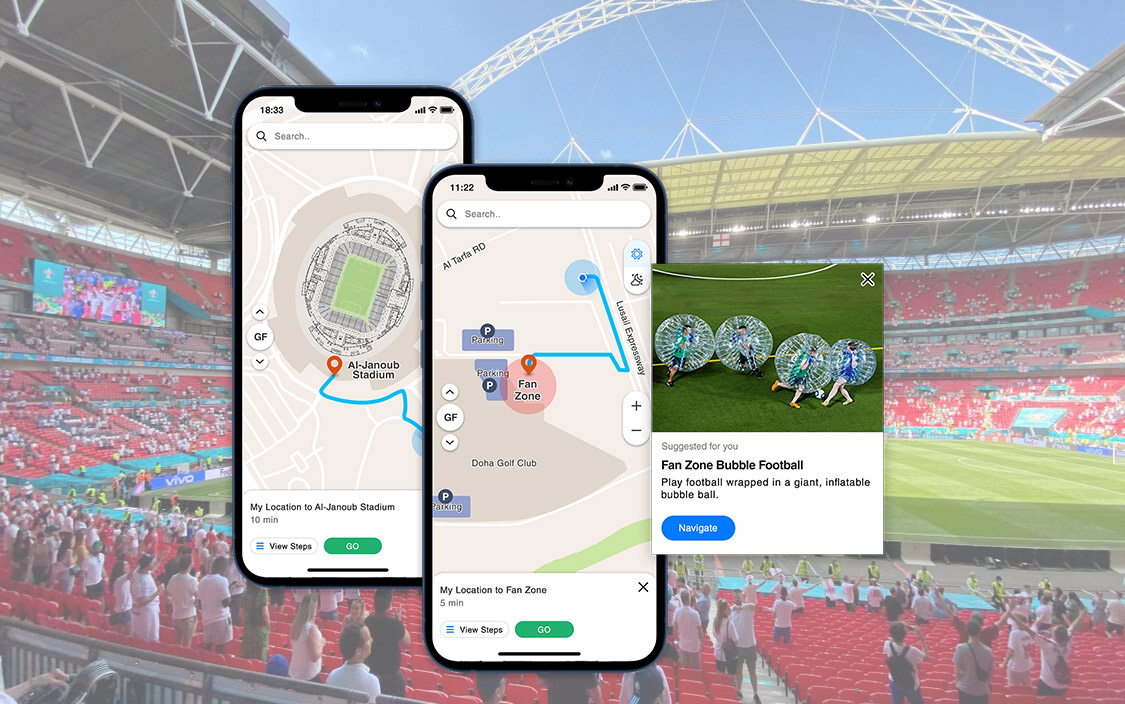In the world of sports, the atmosphere of a stadium can make or break the fan experience. Whether it’s the roar of the crowd, the taste of stadium snacks, or the thrill of witnessing a last-minute goal, every detail counts. As teams and venues strive to enhance this experience, a “fan-first” approach is emerging as the guiding principle. Here’s how stadiums can transform the spectator experience, ensuring fans leave with memories they cherish and stories to tell.
1. Embrace Technology
The digital era has revolutionized how fans engage with sports, and stadiums need to adapt accordingly. Implementing distributed antenna systems can ensure robust high-speed connectivity throughout the venue, enabling fans to share their experiences in real-time. With mobile apps, fans can conveniently order food and drinks from their seats, significantly minimizing wait times.
These apps can also offer instant replays, player statistics, and interactive features to keep spectators entertained during lulls in the action. Furthermore, augmented reality (AR) experiences can elevate the matchday vibe, allowing fans to access player stats or relive historic moments directly from their smartphones.
2. Upgrade Seating Comfort
Comfort is key to ensuring fans have a pleasant experience. Traditional stadium seating can be cramped and uncomfortable, especially during long events. By investing in more spacious and ergonomic seating options, stadiums can significantly enhance the comfort level of spectators.
Additionally, providing various seating options—from luxury boxes to general admission—can cater to different fan demographics. Comfortable seating paired with adequate legroom allows fans to relax and fully enjoy the game. Furthermore, incorporating features such as cup holders, charging ports for devices, and easy access to restrooms can make a significant difference in fan satisfaction.
3. Enhance Food and Beverage Options
Stadium food has come a long way from the standard hot dog and soda. To create a memorable experience, stadiums should offer diverse and high-quality food and beverage options. This can range from local cuisine to gourmet offerings, ensuring there’s something for everyone.
In addition to variety, focusing on the speed of service is crucial. Long lines can detract from the excitement of the event. Implementing mobile ordering systems and self-service kiosks can streamline the process and reduce wait times. Offering a range of alcoholic and non-alcoholic beverages, including craft beers and signature cocktails, can also elevate the fan experience.
4. Foster a Welcoming Atmosphere
A fan-first approach also means creating a welcoming and inclusive environment. Stadiums should prioritize accessibility for all fans, including those with disabilities. This can involve wheelchair-accessible seating, ramps, and dedicated assistance staff.
Additionally, promoting a family-friendly atmosphere can help draw in a broader audience. Designated family zones, kid-friendly activities, and affordable ticket options for children can encourage families to attend games together. Creating spaces where fans of all ages can interact, enjoy the game, and feel safe fosters a sense of community and belonging.
5. Engage with Fans
To truly transform the stadium experience, it’s essential to engage with fans on a personal level. This can involve social media interactions, fan contests, and events that allow spectators to connect with players and teams.
Incorporating fan feedback into decision-making processes can also make a significant impact. Hosting surveys and focus groups to gather opinions on various aspects of the stadium experience—from food options to entertainment—shows that the venue values its patrons. When fans feel heard and appreciated, they are more likely to return.
6. Create Unique Pre- and Post-Game Experiences
The excitement of game day begins long before the first whistle and continues long after the final buzzer. Stadiums can enhance the overall experience by creating unique pre- and post-game activities.
Hosting tailgating events, live music, or fan zones where attendees can mingle, participate in games, and meet fellow supporters can add to the atmosphere. Post-game celebrations, such as player meet-and-greets or fireworks shows, provide fans with lasting memories and reasons to return for future events.
7. Prioritize Safety and Security
In an era where safety concerns are at the forefront, ensuring a secure environment is paramount. Stadiums must implement robust security measures while still allowing fans to feel relaxed and at ease.
Clear communication regarding safety protocols, efficient entry processes, and visible security personnel can help alleviate concerns. Training staff to handle emergencies effectively and maintaining a focus on crowd management can further enhance the overall experience, allowing fans to concentrate on enjoying the game rather than worrying about their safety.
In Conclusion
Transforming the stadium experience for spectators requires a fan-first approach that prioritizes comfort, engagement, and safety. By embracing technology, enhancing food and beverage options, and fostering a welcoming atmosphere, stadiums can create memorable experiences that resonate with fans. Ultimately, when spectators feel valued and catered to, they are more likely to return, leading to lasting relationships between teams and their loyal supporters. In the world of sports, every game day should be a celebration, and with the right strategies, stadiums can make that happen.

